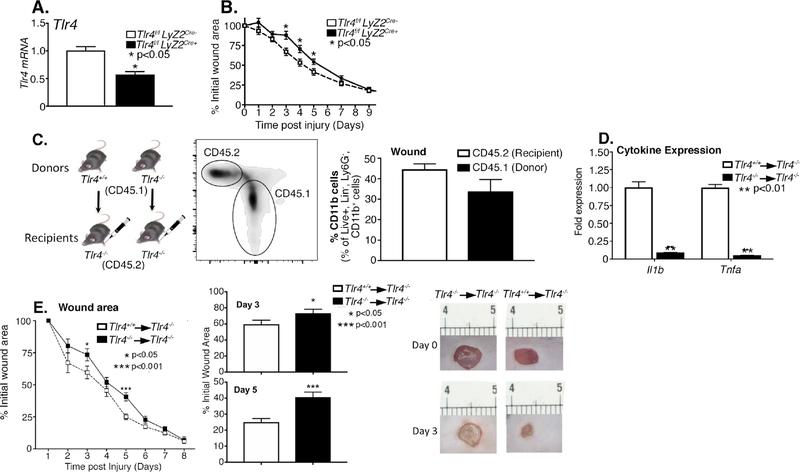Figure 5. Myeloid-specific TLR4 was sufficient to rescue wound healing in Tlr4−/−mice.
A: Myeloid depletion of Tlr54 was examined by qPCR in MACS splenic myeloid cells CD11b+[CD3−CD19−Ly6G−] from Tlr4f/fLyz2Cre+ mice and littermate controls (Tlr4f/fLyz2Cre-) (n= 10). B: Wounds were created by 4-mm punch biopsy on the backs of Tlr4f/fLyz2Cre+ mice and littermate control mice. The change in wound area was recorded daily with ImageJ software until complete healing was observed (n=10). C: CD3−CD11c−CD19−Ly6G−NK1.1−CD11b+ single cell suspensions were isolated from Tlr4−/−and Tlr4+/+ spleens expressing CD45.1 by MACS. Cells (1 × 106) were injected intravenously in wounded (day 1) Tlr4−/− mice expressing CD45.2. Tracking of CD45.1 cells to the wounds was identified by the previously mentioned gating strategy and quantified as shown above. D: Wound myeloid cells CD11b+[CD3−CD19−Ly6G−] were isolated and Il1b and Tnfa expression was quantified using qPCR on day 4 post-wound (day 3 post-transfer) (n=3). E: Wound closure was measured in recipient mice daily by blinded observers with ImageJ software (n = 15) (n=15). B: Representative images are shown from Tlr4−/−→ Tlr4−/− and Tlr4+/+→ Tlr4−/− mice on days 0 and 3. Data are presented as the mean±SEM. Data are representative of 2–3 independent experiments. Data were first analyzed for normal distribution and if data passed normality test, 2-tailed Student t test was used.

